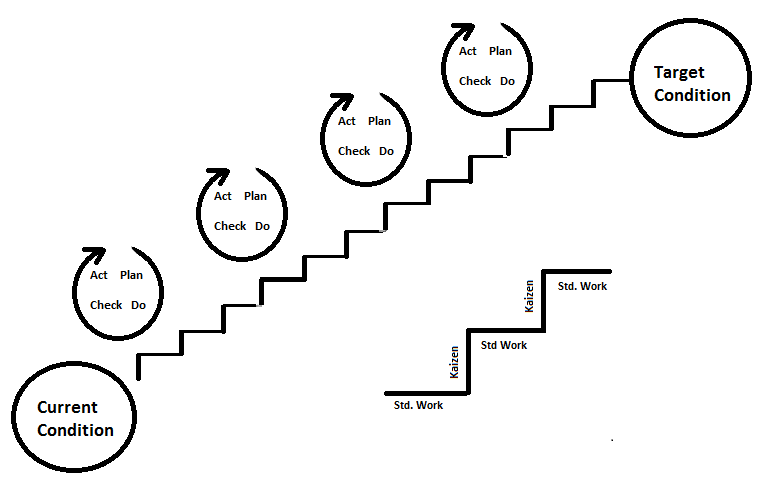February 2014 Health and Safety Legal Update:
- Think about where you are now and where you need to be.
- Say what you want to achieve, who will be responsible for what, how you will achieve your aims, and how you will measure your success. You may need to write down this policy and your plan to deliver it.
- Decide how you will measure performance. Think about ways to do this that go beyond looking at accident figures; look for leading indicators as well as lagging indicators. These are also called active and reactive indicators.
- Consider fire and other emergencies. Co-operate with anyone who shares your workplace and co-ordinate plans with them.
- Remember to plan for changes and identify any specific legal requirements that apply to you.
Do:
Identify your risk profile
- Assess the risks, identify what could cause harm in the workplace, who it could harm
- and how, and what you will do to manage the risk.
- Decide what the priorities are and identify the biggest risks.
- Organise your activities to deliver your plan
In particular, aim to:
- Involve workers and communicate, so that everyone is clear on what is needed and can discuss issues – develop positive attitudes and behaviours.
- Provide adequate resources, including competent advice where needed.
- Implement your plan
- Decide on the preventive and protective measures needed and put them in place.
- Provide the right tools and equipment to do the job and keep them maintained.
- Train and instruct, to ensure everyone is competent to carry out their work.
- Supervise to make sure that arrangements are followed.
- Make sure that your plan has been implemented – ‘paperwork’ on its own is not a good performance measure.
- Assess how well the risks are being controlled and if you are achieving your aims.
- In some circumstances formal audits may be useful.
- Investigate the causes of accidents, incidents or near misses
Act:
Review your performance:
- Learn from accidents and incidents, ill-health data, errors and relevant experience, including from other organisations.
- Revisit plans, policy documents and risk assessments to see if they need updating.
Take action on lessons learned, including from audit and inspection reports.
The aim of the new guidance is so that Health and Safety is incorporated in all business decisions and that the health and safety management system is not run as a separate part of the business strategy but an inherent part of the management of the business.
There are many risks to any business but not all of them are health and safety risks.
(See graphic below)
Why the Change:
The idea is to try to simplify the requirements so that business of varying risks have a better idea of what is expected of them.
This method of continuous improvement within a business fits in better with recognised management systems such as ISO 9001, ISO 14001 and OHSAS 18001.

So the theory goes that while it may be impossible to go from current condition to the target condition, in one step. By continuously improving over time it may be possible through a number of cycles of continuous improvement to reach the Target Condition.